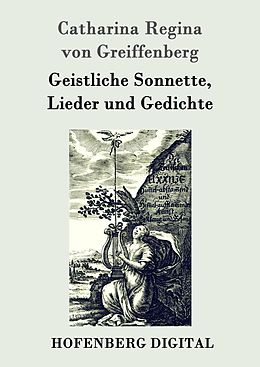

The first section (fols 1–178, using this more recent continuous foliation) is mostly the work of a single scribe, with a few additions by others.


The first 19 folios were lost before a single continuous foliation of 1-178 and 179-471 was entered in the nineteenth century. The manuscript consists of two independent sections, whose folios were originally numbered separately as fols -200 and 1-297 respectively this numbering system is datable to the period around 1500. All this music was written out by more than 40 different scribes between about 14, and it is probable that most of it was copied in Innsbruck itself, with possible insertions coming from other centres in the Holy Roman Empire. It is clear that a substantial amount of further material has been lost. As is typical for this time and region, much of the repertory was not of local origin, but had been composed by musicians from the Low Countries.Īlthough the codex is modest in format (it is a small folio manuscript measuring about 315 x 220 mm), its volume is considerable: on 472 paper folios it contains 174 musical compositions, counting cyclic Masses as single items and including both versions of four works that were each copied twice. 3154) offers a fascinating insight into some of the polyphonic music that was performed for civic and princely patrons in Austria, Germany and northern Italy in the late fifteenth and early sixteenth centuries. The ‘Leopold’ codex (Munich, Bayerische Staatsbibliothek, Mus.


 0 kommentar(er)
0 kommentar(er)
